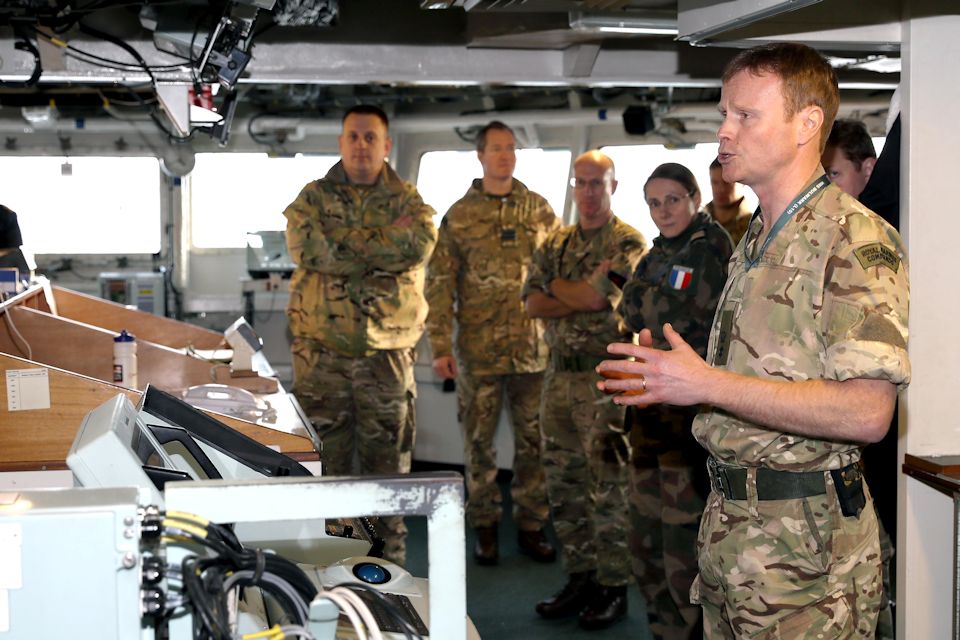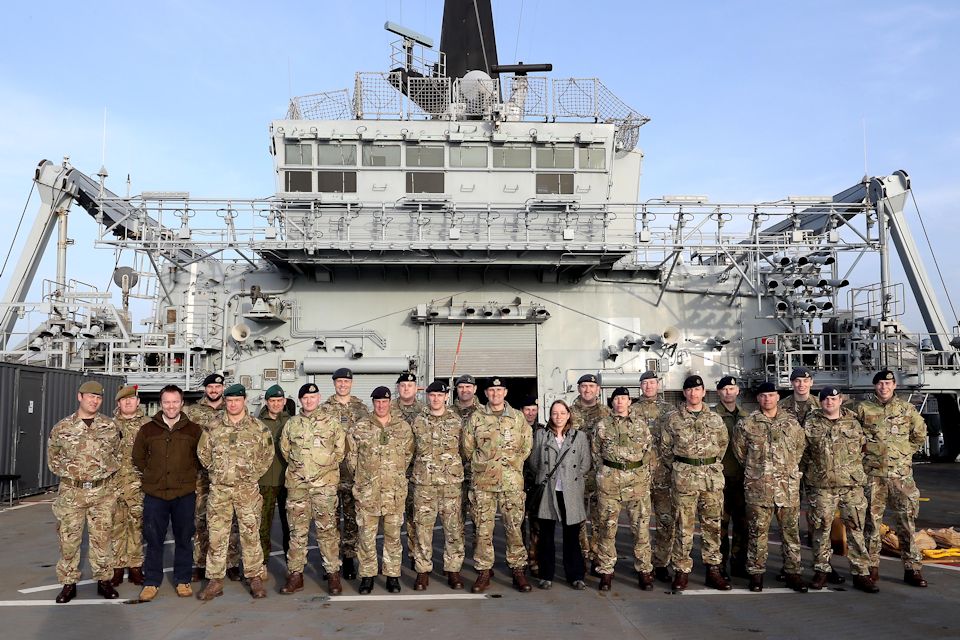Press release: Flood protection options being presented to Yate and Chipping Sodbury
The Environment Agency is holding a public consultation in Chipping Sodbury to explain how it plans to reduce flood risk to local homes and businesses.
The Environment Agency is keen for local people to share their views on its proposals and any experiences they have of local flooding.
The consultation will take place at the Town Hall on 1 March 2017 between 2.30pm and 7.30pm.
Fiona Geddes of the Environment Agency said:
This event is an ideal opportunity for people to study the flood alleviation options. There will be officers from the Environment Agency and South Gloucestershire Council on hand to explain the thinking behind each option and the steps people can take to prepare themselves against flooding.
We’d really like to hear the views of local residents and look forward to sharing ideas on how best to reduce flood risk in Yate and Chipping Sodbury.
The last major floods in Yate and Chipping Sodbury occurred in 1968. The Environment Agency estimates up to 100 homes and 40 businesses could be at risk of flooding from the River Frome and its tributaries. There’s a 1 per cent chance of serious flooding each year. The risk is expected to increase as a result of higher river flows and climate change.
Flood warnings are issued to low-lying properties in both communities. In Yate these include:
- Bennetts Court
- Station Road
- Swan Field
- Treeleaze
- Orchard Close
- Milton Road
- Tyndale Avenue
- Celestine Road
- Blenheim Drive
- Whitley Close
In Chipping Sodbury the part of the town most at risk is the Blanchards Farm area.
Flooding occurs because the River Frome has insufficient capacity. Improvements have been made over the years alongside new developments in the river corridor, but these haven’t kept pace with the growing flood risk. Surface water run-off from heavy rain has added to the flooding problem.
The Environment Agency has carried out a preliminary study that identifies 3 options: flood storage, river channel widening and property flood-proofing. As well as exploring each option separately, a combination of all 3 is also under consideration. This final, most expensive, combined option would increase the cost of the scheme to approximately £4 million. The cost of the individual options are £3.7 million, £300,000 and £100,000 respectively.
An earlier option that involved the construction of 1.8km of flood walls was rejected on the grounds of being too expensive (£10 million). It also raised sustainability concerns.
For a successful scheme to go ahead, any benefits must outweigh the costs. In addition to reducing flood risk to a significant number of homes and businesses, the final scheme should reduce flooding on 3 local roads (A432, B4569 and B4060) and prevent flood damages estimated at £10 million.
Flood storage schemes are an effective way of providing flood alleviation. The Environment Agency has built several in recent years. Examples include Tubbs Bottom, that reduces flood risk downstream of Yate and Bruton in Somerset. Schemes are also being considered for Taunton and Wrington near Bristol.
The Yate and Chipping Sodbury scheme is still in its early stages. The Environment Agency must carry out a more detailed study before selecting a preferred option. It is hoped a scheme could be in place by 2021, but that will depend on the Environment Agency securing the necessary funding from the Government and other sources.

